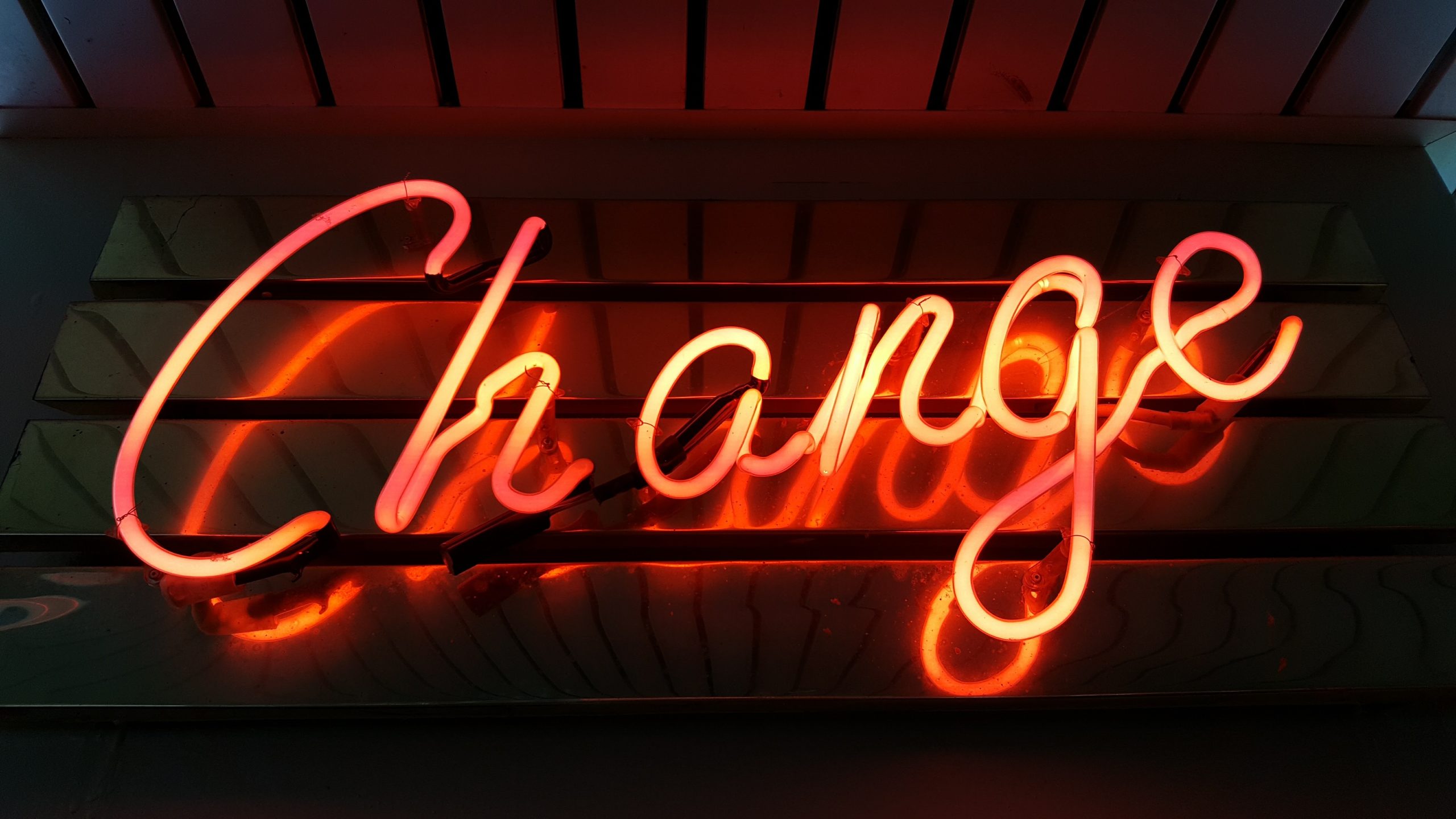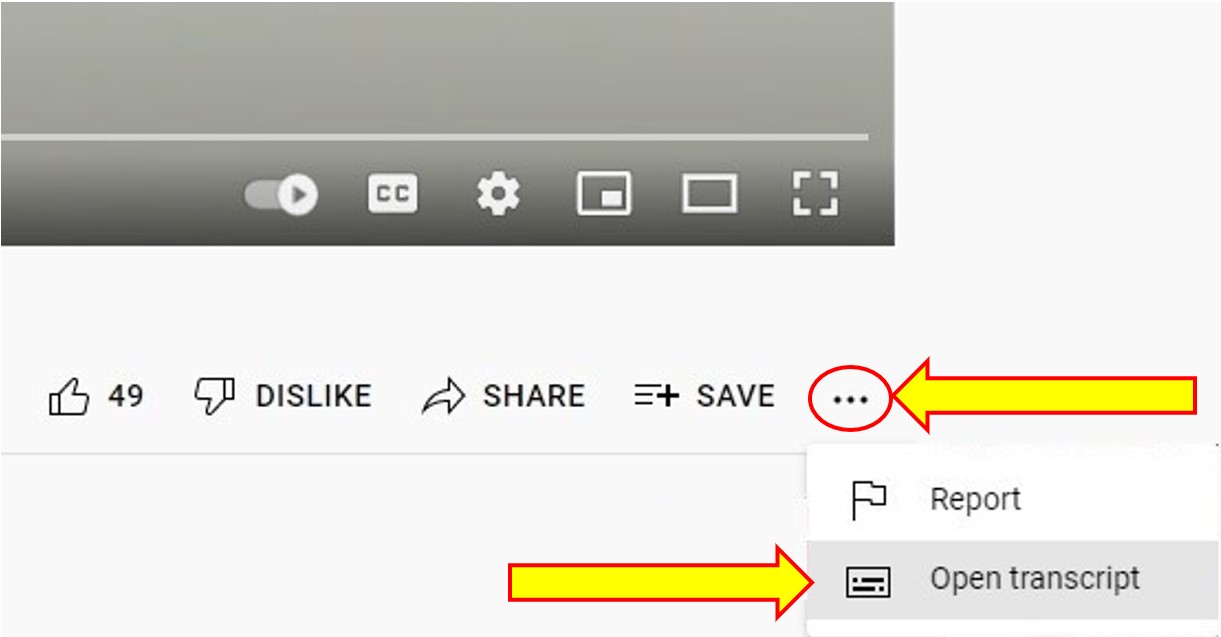2.3 The Stages of Change

It’s important to have a deeper understanding of why people use substances, we can explore the various stages in which they may use substances or choose to change their substance use. In 1984, Prochaska and Diclemente developed a model to explore change among people who smoked tobacco and who wanted to quit. They determined change happens in different stages and at each stage has different internal motivators and different tasks. Prochaska and DiClemente’s Transtheoretical Model of Change or the Stages of Change is used when working with people who live with a substance use disorder.

This model can also be used for other health interventions including diabetes management, high blood pressure, and high cholesterol. “Change interventions are especially useful in addressing lifestyle modification for disease prevention, long-term disease management and addictions”.[3]People living with a substance use disorder may not be ready to acknowledge their habits, particularly when it comes to their substance use. Understanding where a person may place themselves on this model is helpful for you as a Social Service worker and for them. This will help you and them develop strategies to move through the stages, if reduction in use, change in substance, harm reduction, or recovery is something they would like to achieve. This is important to note, this is their choice, not yours and whatever changes they make, if any, are their decision.How do you use this model? The graphic below indicates the stages of change; note the arrows. There is no beginning or end; this is because people can start making changes at any time. People may also skip through stages. When using this model, it is important to be nonjudgmental and supportive at each stage.
The Stages of Change Model
Transcript
To Access the Video Transcript:
1. Click on “YouTube” on the bottom-right of the video. This will take you directly to the YouTube video.
2. Click on the More Actions icon (represented by three horizontal dots)
3. Click on “Open Transcript”

Now that you have viewed the stages of change, let’s explore each stage individually.
Pre-contemplation: Remember when you reflected on your habits? Had you thought about what you were doing every day? If not, that’s ok! This is the stage that we called pre-contemplation, it is the stage where you are doing what you do, without considering making any changes. You may feel comfortable or confident in the choices you are making. You may also see your choices as helpful. In the context of substance use, we know people use substances for many reasons. Imagine someone who has experienced trauma and is using substances to cope. In pre-contemplation they may see their substance use as the only way to cope, in which case they are not prepared to make a change. They may have also tried changing many times and have simply given up.

Exercises
- How could you determine if a client is in pre-contemplation?
- What are three questions you could ask a client who you believe is in pre-contemplation?
- What should you be aware of in this stage?
Contemplation: In this stage, people have acknowledged there is a habit or a behaviour that is not a healthy behaviour, but they are not yet prepared to make a change. The thought of making a change may cause a person to begin to feel pain. This could be fear of the loss of the behaviour, it could be fear of withdrawal. At this stage you may see individuals develop barriers to change, for example using terms like “I know, but…”. The person may also see the benefits of change but are ambivalent about making that change.

Exercises
- How could you determine if a client is in contemplation?
- What are three questions you could ask a client who you believe is in contemplation?
- What should you be aware of in this stage?
Decision (also called Preparation): In this stage, the behaviour has been acknowledged and the person has made the decision to make a change. It may be a small change, for example, a reduction in the amount of substance used, or the type, it could be a change in behaviour (safer injection). Whatever the change, it is exciting to get to this stage, as it is a critical stage for a person with a substance use disorder. The person has moved from ambivalence to planning to change. This is also a critical stage for you, the Social Service worker. This is an opportunity to reflect on the behaviour of the individual and develop a set of goals. Starting small is helpful, rather than going “cold turkey”. Whatever the goal is, it is the choice of the individual and respecting the goal is paramount to building a relationship. The preparation stage is simply planning, so using a SMART goal model may be helpful.

WHAT ARE SMART GOALS?
Statements of the important results you are working to accomplish
Designed in a way to foster clear and mutual understanding of what constitutes expected level
of performance and successful professional development.
WHAT IS THE SMART CRITERIA
| S | Specific | What will be accomplished? What actions will you take? |
|---|---|---|
| M | Measurable | What data will you measure? How much? How well? |
| A | Achievable | Is the goal doable? Do you have the necessary skills and resources? |
| R | Relevant | How does the goal align with broader goals? Why is the result important? |
| T | Time-Bound | What is the time frame for accomplishing the goal? |
Exercises
- How could you determine if a client is in preparation?
- What are three questions you could ask a client who you believe is in preparation?
- What should you be aware of in this stage?
Action: You have helped your client set goals, now they are going to do the work to achieve them. This can be the easy period in some cases, there is excitement and hope. In the first few days of the action phase, people with substance use disorders should receive a lot of encouragement. This may be the first time or the fiftieth time a person has tried to change their behaviour; every time should be praised.

Exercises
- How could you determine if a client is in action?
- What are three questions you could ask a client who you believe is in action?
- What should you be aware of in this stage?
Maintenance: This is the make-or-break stage, as the person with the substance use disorder is maintaining their behavioural change, whether a reduction in the amount of substance use, a reduction in risky behaviours, a change in substances or whatever their initial goal was. Continuing to encourage and praise is helpful in this stage. Peer support can be very helpful in the maintenance phase, and there are many different programs that use a peer support model that allow for check in’s can be helpful for some people. Being able to provide appropriate referrals to other services is helpful in the maintenance phase.

Peer Support Groups
For those who are interested in recovery from drugs or alcohol and want to participate in support groups there are different groups that can provide support for long-term recovery from substance abuse in Canada.
Exercises
- How could you determine if a client is in maintenance?
- What are three questions you could ask a client who you believe is in maintenance?
- What should you be aware of in this stage?
Relapse: Relapse is part of substance use disorders, which is why it is part of the model. While we want to help people prevent relapse, depending on their life circumstances, relapse may happen frequently or infrequently. We are there to help individuals understand that relapse is ok, and don’t quit quitting! If we discourage an individual, they may give up entirely. The reality is many individuals will go through the stages of change more than once. Just like you, it takes time to make a change. Reflect on your habits and any habits you have tried to change. If you were successful the first time, congratulations! If not, you’re human!

Exercises
- Review the SMART goal model.
- Review the website Addiction Rehab Toronto
- Brainstorm any missing concerns you think would be important to include.
- Imagine you are providing a program for women with substance use disorders. What would you need to do to ensure your program meets UNODC recommendations?
For a exploration on how to use the Stages of Change to help people quit smoking, let’s watch this video narrated by Dr. Mike Evans.
Transcript
To Access the Video Transcript:
1. Click on “YouTube” on the bottom-right of the video. This will take you directly to the YouTube video.
2. Click on the More Actions icon (represented by three horizontal dots)
3. Click on “Open Transcript”

References
- “Stages of Change Model Diagram” by Sarah Lunn, Louise Restrick, and Myra Stern. CC-BY-NC.
- Boston University School of Public Health. (2019). The transtheoretical model (stages of change). https://sphweb.bumc.bu.edu/otlt/mph-modules/sb/behavioralchangetheories/behavioralchangetheories6.html
- Centre for Addiction and Mental Health. (2013). Quitting smoking is a journey. [Video]. Youtube. https://www.youtube.com/watch?v=nyIJo7VCdPE
- Diagram of the states of change from: Lunn, S., Restrick, L. & Stern, M. (2017). Managing respiratory disease: The role of a psychologist within the multidisciplinary team. Chronic Respiratory Disease, 14, 45-53Lunn, S., Restrick, L., & Stern, M. (2017). Managing respiratory disease. Chronic Respiratory Disease, 14(1), 45–53. https://doi.org/10.1177/1479972316688914
- The Stages of Change Model. (2018, September 26). [Video]. YouTube. https://www.youtube.com/watch?v=ayjXMix-nMw
- University of California. (2017). Smart goals: A how to guide. https://www.ucop.edu/local-human-resources/_files/performance-appraisal/How%20to%20write%20SMART%20Goals%20v2.pdf
- Zimmerman, G. L., Olsen, C. G., & Bosworth, M. F. (2000). A ‘Stages of change’ approach to helping patients change behavior. American Family Physician, 61(5), 1409-1416. https://www.aafp.org/afp/2000/0301/p1409.html

